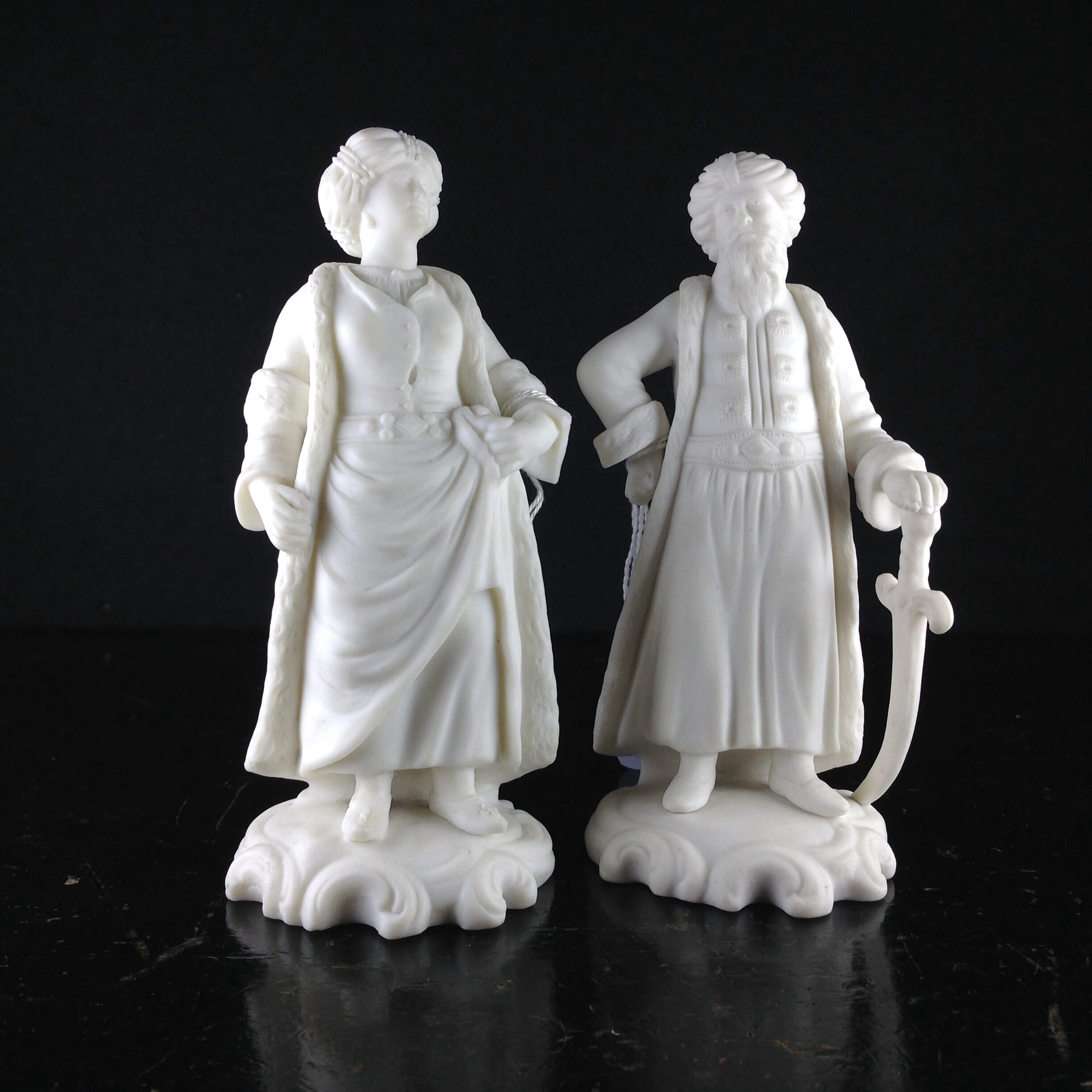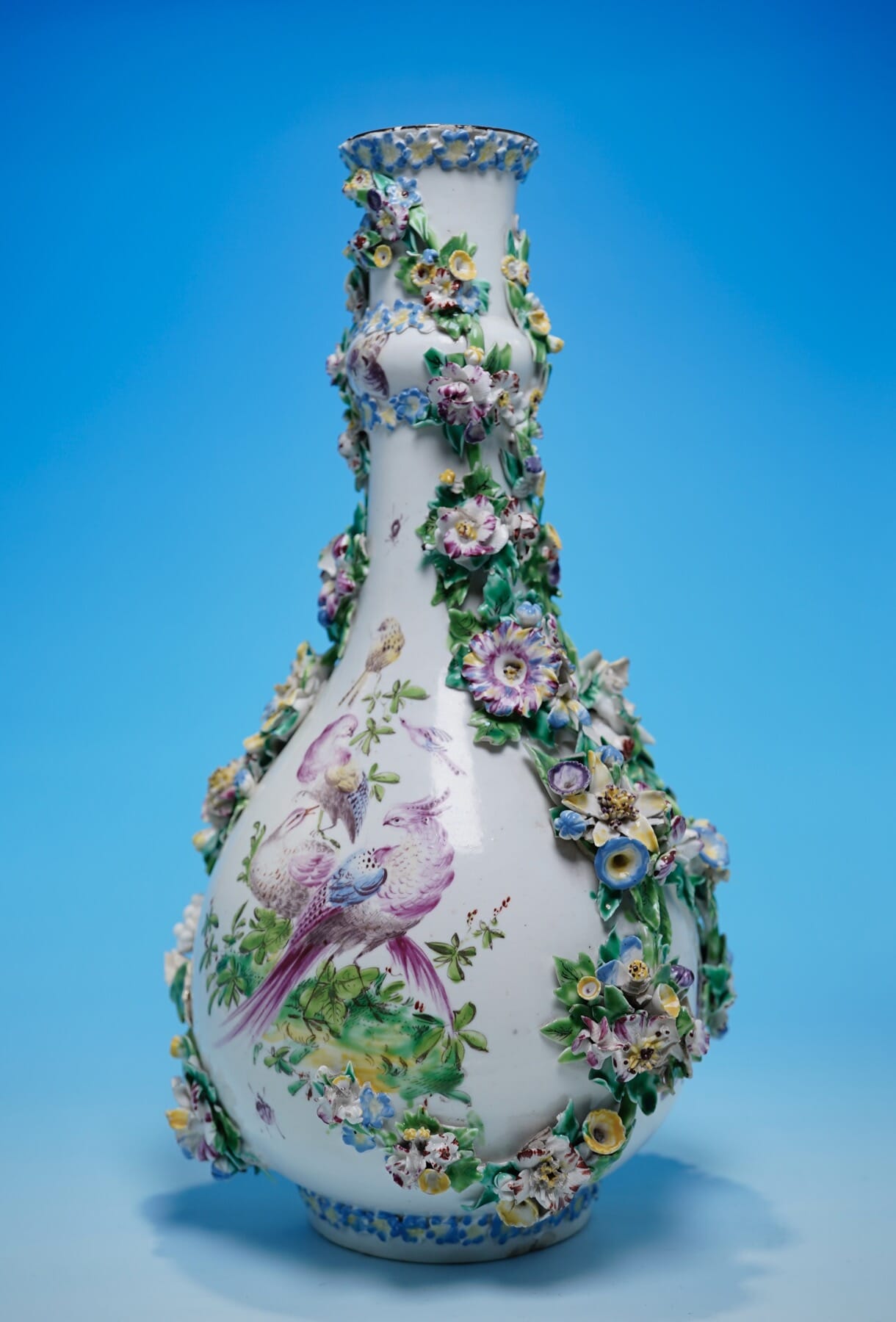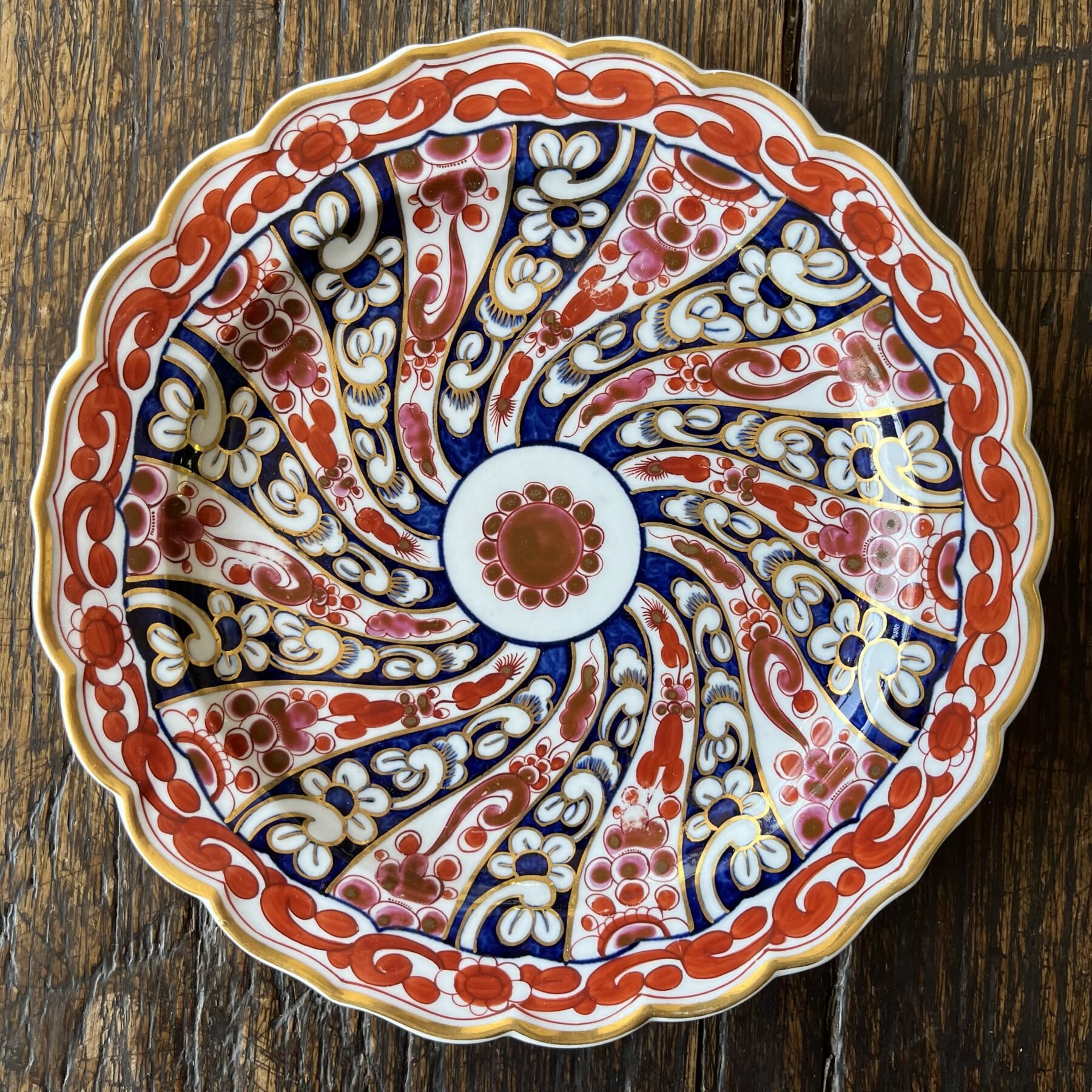Greco-Roman Egyptian fragmentary head of Harpocrates, Ptolemaic, 1c. Ad / BC
$395.00 AUD
Egyptian Greco-Roman fragmentary pottery head of Harpocrates, the head of the child in elaborate headdress, with finger to the lips, traces of a white slip decoration.
Ptolemaic – Roman period,
1st century BC – 1st century AD
5×8.6cm, 16.5cm on stand
Condition: fragmentary, surface good.
Provenance: London trade, from the old stock of Dealer M. Ayres, 31 Museum St, London and 187 Drury Lane, London, which closed in 1988, the stock sold at Bonhams, London 2003
Harpocrates was developed in the Greek period in Egypt by borrowing the iconography of Horus, son of Ra. Egyptian statues represent the child Horus, pictured as a naked boy with his finger on his chin with the fingertip just below the lips of his mouth, a realization of the hieroglyph for “child” that is unrelated to the Greco-Roman and modern gesture for “silence”. Misunderstanding this sign, the later Greeks and Roman poets made Harpocrates the god of silence and secrecy.
The Greek philosopher Plutarch wrote that Harpocrates was the second son of Isis and that he was born prematurely with lame legs. Horus the Child became the special protector of children and their mothers. As he was healed of a poisonous snake bite by Ra he became a symbol of hope in the gods looking after suffering humanity.
This was the head of quite a large & detailed figure of Harpocrates, with the finger at lips just preserved. It is made from the distinct dense dark red clay of the Nile.
| Condition | |
|---|---|
| Size | |
| References |
In stock










